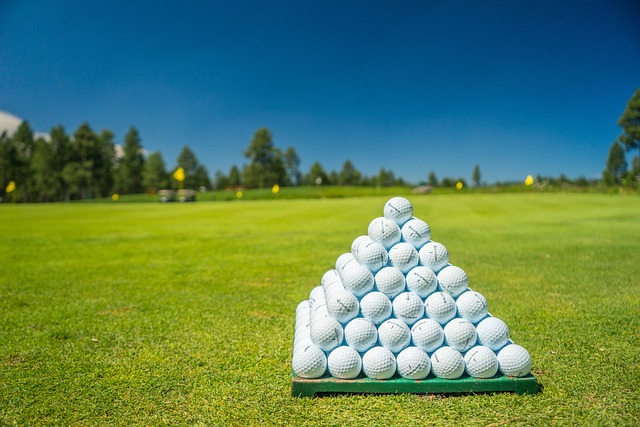Essential Golf Equipment: Clubs, Balls, Bags, and Care
Choosing the right golf equipment affects play, comfort, and progress on the course. From the set of clubs you carry to the type of golf balls you use and the bag that organizes everything, each item has practical considerations. This article explains core gear, how to match items to your game, and simple maintenance tips to keep equipment performing well.

How to choose golf clubs?
Selecting the right clubs begins with understanding what clubs do and how they fit your swing. A standard set includes a driver, a few fairway woods or hybrids, irons (usually 4–9), wedges, and a putter. Club length, shaft flex, loft, and lie angle influence ball flight and control. Beginners often benefit from game-improvement irons with perimeter weighting and more forgiving shafts, while more experienced players might prioritize workability and feel. Getting a basic club fitting — even a short session at a local service or driving range — can reveal optimal shaft flex and lie adjustments that reduce misses and improve consistency.
Which golf balls suit your game?
Golf balls vary by construction, compression, and cover material, which influence distance, control, and spin. Low-compression balls typically feel softer and can help players with slower swing speeds gain distance, while higher-compression balls compress optimally at higher swing speeds and can offer more control. Urethane covers provide more greenside spin and feel for approach shots; ionomer covers tend to be more durable and lower spin off the tee. Consider how much spin you want around the greens, how long your typical drives are, and how often you lose balls to find a balance between performance and durability.
What to look for in golf bags?
A golf bag should match how you play and carry your gear. Cart bags are heavier and offer more storage, making them suitable for golfers who ride in a cart. Stand bags are lighter with built-in legs for walking players. Key features to compare include the number and size of pockets (for balls, tees, apparel), divider design to protect club shafts, strap comfort for carries, and water resistance. A well-balanced bag with a padded dual strap reduces strain on long walks, whereas a compact carry bag works for minimalist rounds or practice sessions.
How to build a basic golf equipment set?
A basic, functional set balances versatility and simplicity. For many golfers, a starter selection could be a driver or hybrid for tee shots, a hybrid and a few irons (6–9), a pitching wedge and a sand wedge, plus a putter. That selection covers most distances without filling a bag with redundant clubs. Match club lofts to avoid gaps in distance and consider adding a rescue/hybrid to replace difficult-to-hit long irons. Include essentials like a glove, a dozen golf balls, extra tees, and a rain jacket or umbrella in your bag so you’re prepared for common course conditions.
How to care for your golf equipment?
Regular maintenance extends the life and performance of golf equipment. Clean clubheads after play to remove dirt, grass, and sand that affect spin and contact; soft brushes and warm soapy water work well. Inspect grips for wear and replace them when they become slick; a new grip can restore confidence and control. Store clubs in a dry place and avoid leaving bags in hot cars where adhesives and grips can degrade. Rotate golf balls in practice to assess wear and replace scuffed balls that affect performance. Regularly check bag zippers, strap stitching, and club dividers to avoid gear failure during a round.
Conclusion
Understanding how clubs, golf balls, and golf bags interact with your swing and routine helps you make practical choices that support improvement and enjoyment. Focus on matching equipment characteristics — like shaft flex, ball compression, and bag style — to how you play, and invest a small amount of time in fittings and maintenance. Thoughtful selection and care keep your golf equipment reliable and give you a clearer sense of progress as your game develops.






